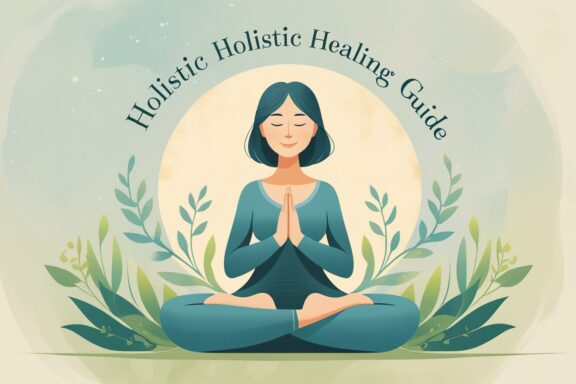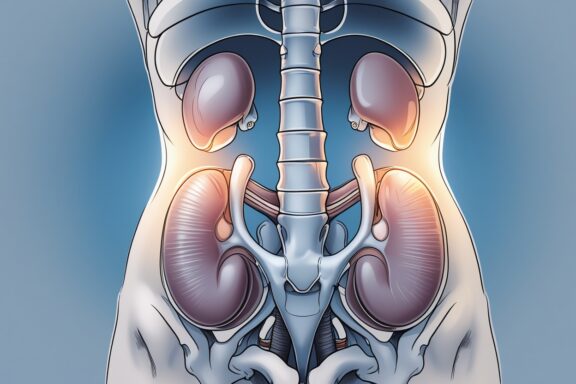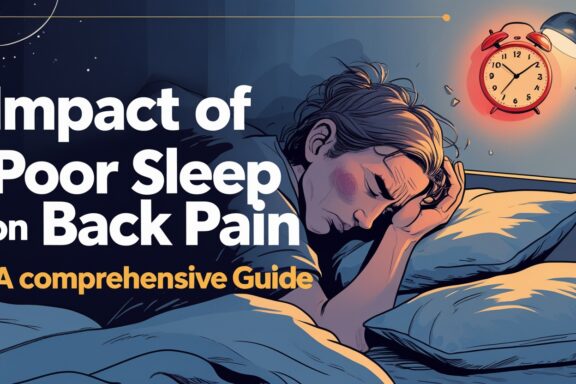Lower back pain can be a real pain in the… well, back. Whether it's from sitting too long, lifting something heavy, or just life in general, it’s no picnic. The good news? You don’t always need medication or surgery to feel better. In this article, we’ll walk you through five natural lower back pain relief remedies you can try today—from simple stretches to herbal hacks.
If you've ever woken up and felt like your spine was made of concrete, you know how debilitating lower back pain can be. It’s not just uncomfortable—it can seriously cramp your style (pun intended). But here’s the good news: you don’t have to live with it forever. Whether it’s due to poor posture, a sedentary lifestyle, or that time you tried to lift your couch by yourself, there are natural ways to ease the discomfort.
Before we dive into the remedies, let’s get one thing straight: chronic lower back pain is no joke. According to the World Health Organization (WHO), back pain is one of the leading causes of disability worldwide, affecting millions of people daily. But the silver lining? Many of these cases can be managed with non-invasive, natural strategies. So, if you're tired of popping painkillers like candy or avoiding your favorite activities, stick around. We’ve got five remedies that just might save your back—and your sanity.
1. Stretch It Out: The Power of Gentle Movement
You might think resting is the best way to deal with back pain, but sometimes, the opposite is true. Gentle stretching can actually help loosen tight muscles and improve mobility. Think of it like giving your back a much-needed massage from the inside out.
Yoga, for example, has been shown to be incredibly effective for lower back pain. A study published in the Annals of Internal Medicine found that participants who practiced yoga regularly experienced greater improvements in function and pain reduction compared to those who received standard medical care. Poses like the Cat-Cow, Child’s Pose, and Downward Dog can work wonders. Don’t worry if you’re not flexible—this isn’t about touching your toes; it’s about giving your spine some love.
And here’s the kicker: you don’t need to spend an hour on the mat. Just 10–15 minutes a day can make a noticeable difference. If yoga isn’t your thing, try simple floor stretches like the knee-to-chest or pelvic tilt. The key is consistency—your back will thank you later.
2. Heat Therapy: Old School, But Still Gold Standard
You know that warm, cozy feeling you get when you wrap yourself in a blanket on a cold day? That’s kind of what heat therapy does for your back. Applying heat to the affected area increases blood flow, relaxes tight muscles, and can provide almost instant relief.
Now, before you go grabbing that hair dryer and pointing it at your lower back (please don’t), there are safer and more effective options. A heating pad, warm towel, or even a hot water bottle can do the trick. For an extra boost, try a paraffin wax wrap or a warm Epsom salt bath—those magnesium-rich salts can help reduce inflammation and soothe aching muscles.
The American College of Physicians actually recommends heat therapy as a first-line treatment for acute lower back pain. So, if you’re feeling like a rusty robot, give yourself a warm-up. Just be sure not to overdo it—15–20 minutes at a time is plenty.
3. Get Moving: Exercise as Medicine
It might seem counterintuitive, but moving more—not less—can be one of the best things you can do for lower back pain. Regular physical activity strengthens the muscles that support your spine and improves flexibility. Plus, it releases endorphins, your body’s natural painkillers.
Walking, swimming, and cycling are all low-impact exercises that are easy on the back. Pilates, in particular, has gained a reputation for being a back-friendly workout. It focuses on core strength, which is crucial for spinal support. A 2015 review in the Clinical Rehabilitation journal found that Pilates significantly reduced pain and disability in people with chronic low back pain.
But you don’t have to become a gym rat overnight. Start small—take a short walk around the block or do a few minutes of light resistance training. The goal is to keep your body moving without overdoing it. Remember, Rome wasn’t built in a day—and neither is a strong back.
4. Mind Your Posture: Your Mama Was Right
We’ve all heard it before: “Sit up straight!” But here’s the thing—your mom was onto something. Poor posture is one of the most common culprits behind lower back pain, especially in our screen-heavy world. Slouching over a desk or hunching over your phone can strain your spine and lead to chronic discomfort.
So, what’s the solution? Awareness and adjustment. Make sure your workspace is ergonomically friendly—your chair should support your lower back, your feet should be flat on the floor, and your computer screen should be at eye level. If you’re standing for long periods, shift your weight from one foot to the other to avoid putting too much pressure on your lower back.
Need a visual reminder? Try placing a sticky note on your monitor that says “Check your posture!” You’ll be surprised how often you forget. And if you’re really committed, consider using a posture corrector or taking a few sessions with a physiotherapist to get your alignment back on track.
5. Natural Supplements and Herbs: Nature’s Painkillers
Sometimes, your body needs a little extra help, and that’s where natural supplements come in. While they shouldn’t replace medical advice, some herbs and nutrients have shown promise in managing lower back pain.
Turmeric, for example, contains curcumin, a powerful anti-inflammatory compound. A 2016 study published in the Journal of Medicinal Food found that curcumin supplements significantly reduced pain and inflammation in people with osteoarthritis—a condition that often contributes to back pain. Similarly, ginger root has been used for centuries to reduce inflammation and muscle soreness.
Omega-3 fatty acids, found in fish oil, are another natural anti-inflammatory powerhouse. They can help reduce joint stiffness and muscle pain. And don’t forget about magnesium—it plays a key role in muscle function and relaxation. Low magnesium levels have been linked to muscle cramps and spasms, which can exacerbate back pain.
As always, consult with a healthcare provider before starting any new supplement, especially if you’re on medication or have an underlying condition.
Frequently Asked Questions About Natural Lower Back Pain Relief
Q: Are natural remedies safe for everyone?
A: Most natural remedies are generally safe, but it’s always wise to consult with a healthcare professional, especially if you have a pre-existing condition or are pregnant.
Q: How long does it take to see results?
A: It varies from person to person. Some may feel relief within a few days, while others may need a few weeks of consistent effort.
Q: Can I combine natural remedies with conventional treatments?
A: Absolutely! Many people find that a combination of natural and medical treatments works best. Just be sure to inform your doctor about any supplements or alternative therapies you’re using.
Q: Is lower back pain preventable?
A: While not all cases are preventable, maintaining good posture, staying active, and managing stress can go a long way in reducing your risk.
Final Thoughts (and a Few More Words of Encouragement)
Let’s face it: lower back pain is a drag. But the good news is that you don’t have to suffer in silence—or rely solely on medication. By incorporating these five natural lower back pain relief remedies into your daily routine, you can take control of your health and start feeling better, naturally.
Whether it’s through gentle stretching, regular movement, or a warm compress on a sore spot, small changes can lead to big results. And if one method doesn’t work for you, don’t throw in the towel—try another. Your body is unique, and what works for your friend might not work for you, and that’s totally okay.
So, take a deep breath, roll out that yoga mat, and give your back the care it deserves. You’ve got this!






